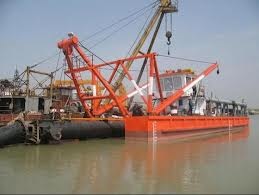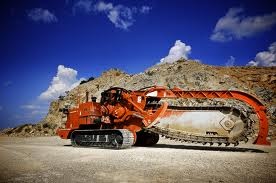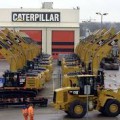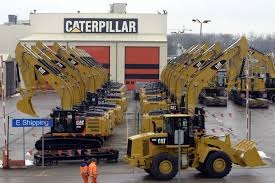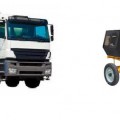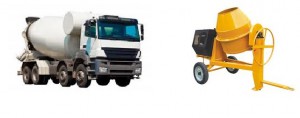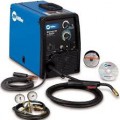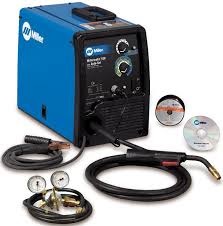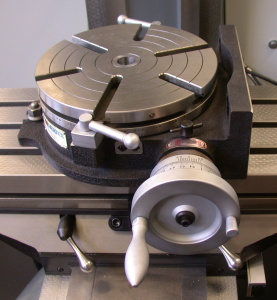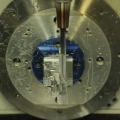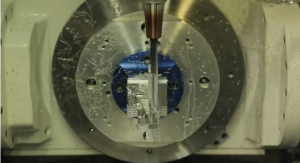Listing Online Machinery
Listing online machinery for sale has its benefits for both individuals and companies alike. For the first time in history, large companies and smaller entrepreneurs are on the same level when it comes to buying and selling machine tools.
Where a large investment of time and money was once required, online machine sales and purchases are easier and less expensive than ever.
Benefits of Selling Machinery Online
When companies decide to upgrade to larger or newer machines in their facility, they used to have a difficult time selling their old equipment. The process took a lot of time and required a fairly large financial investment.
The internet has opened opportunities that people have taken advantage of to provide places where companies and individuals can now sell machinery online with ease.
Now, listing used machines for sale can be done in minutes and reach out to millions of people all over the world in an instant. Even better, machines can be listed online very inexpensively. This can save a company or individual time and money.
These machine tools may not be valuable any longer to the company selling them, but there are many companies and individuals who could benefit from them.
Benefits of Buying Machinery Online
Companies and individuals have projects that require certain types of machinery such as lifting machinery, metal working machine tools or woodworking equipment. Often times, these machines are too expensive to buy new, so where can they look to buy used machinery?
With a struggling economy, many businesses can benefit from buying used equipment or new machinery that was overstocked or overproduced. The used machines sold are often of great quality and operate as well as they would new. In fact, most industrial machinery is built to last many decades. There are even machines in operation today that were manufactured in the 1940’s or earlier.
Finding the right equipment for your needs is as easy as searching or browsing thousands of listings of new and used machinery for sale online. Sites with machinery for sale offer the ability to see the specifications and images of the machine as well as the date of manufacture and current condition.
Even more importantly, the seller’s contact information is available to allow buyers to ask questions to make the best buying decision. Buying online also allows potential buyers to compare available machinery before purchasing.
Online Machine Sales and Purchases
Buying machines online gives the buyer the benefit of shopping around and choosing the right tool for the job without even leaving their home or office. Selling machines online gives seller the similar advantages of listing equipment from their home or office. What once took weeks or even months can now be accomplished in days or even hours. What was once costly is now very cost efficient.
